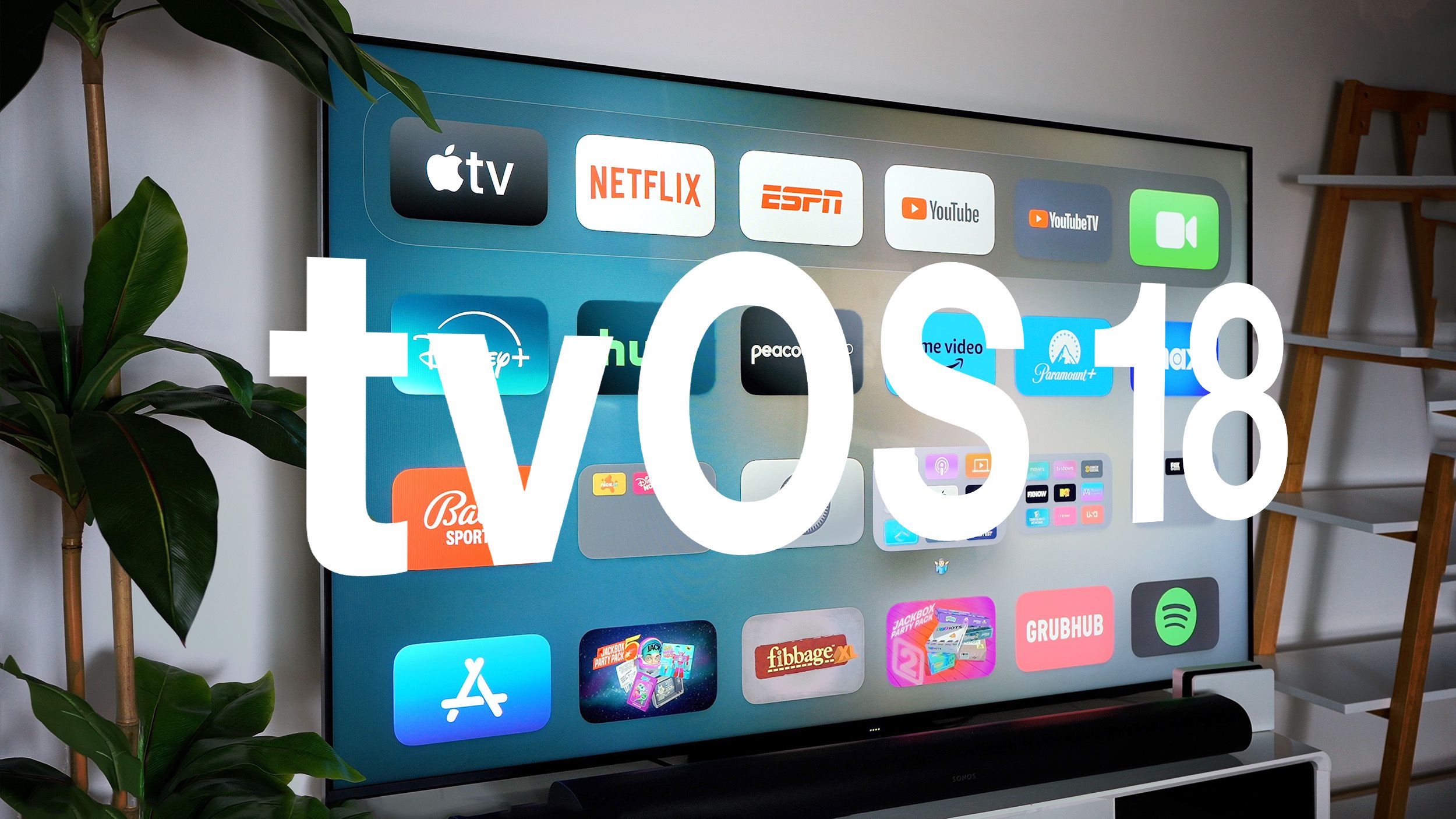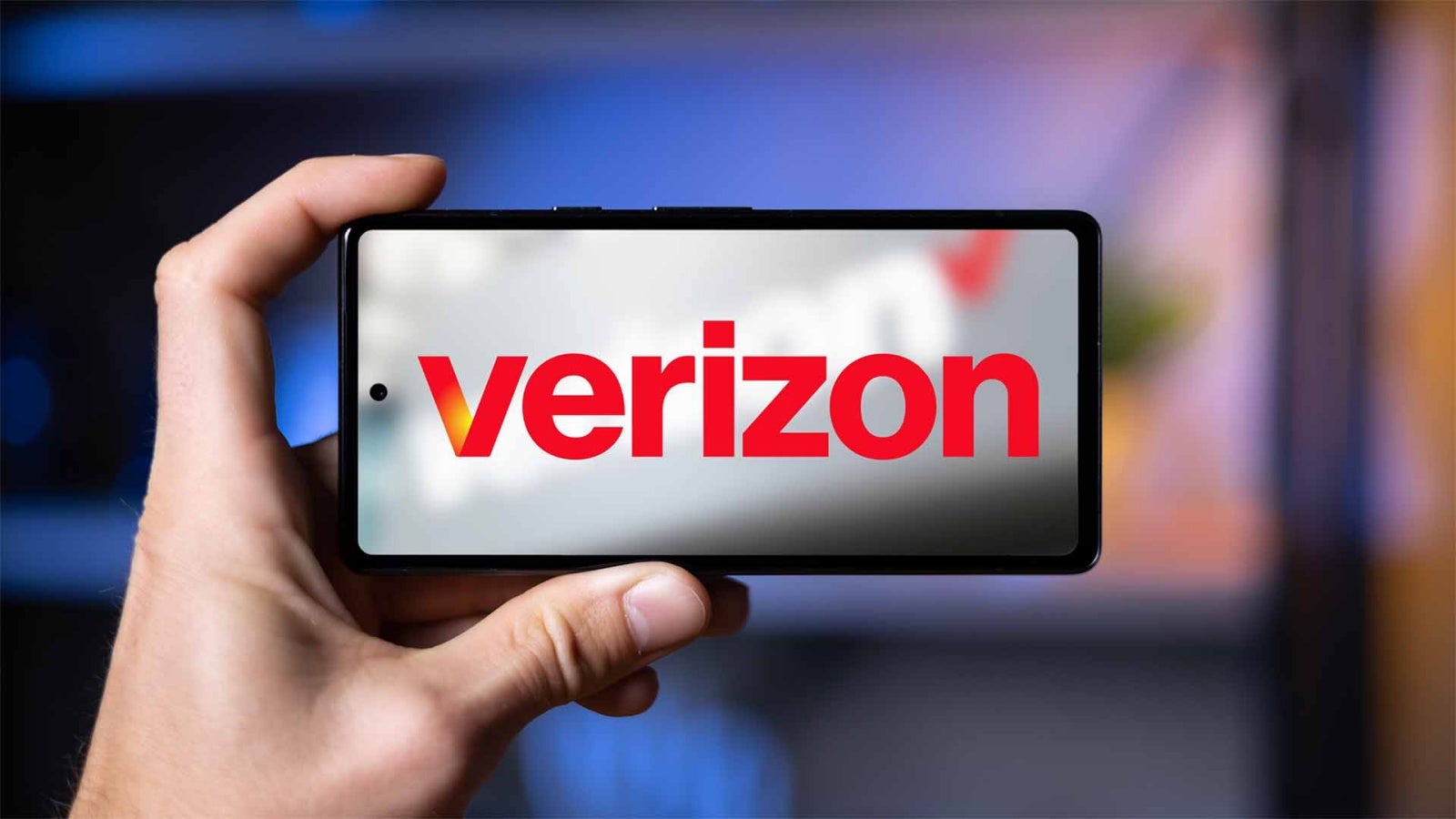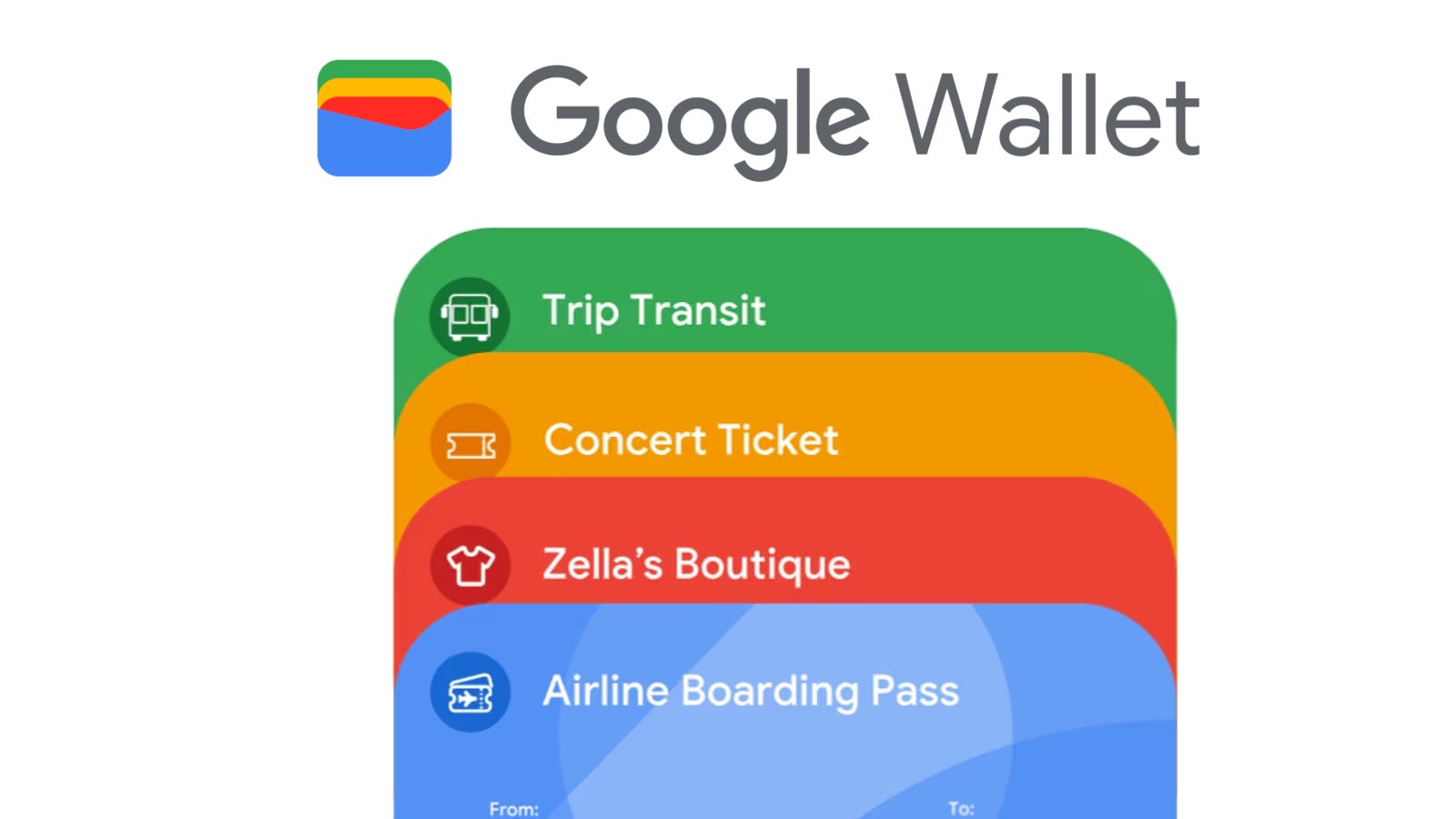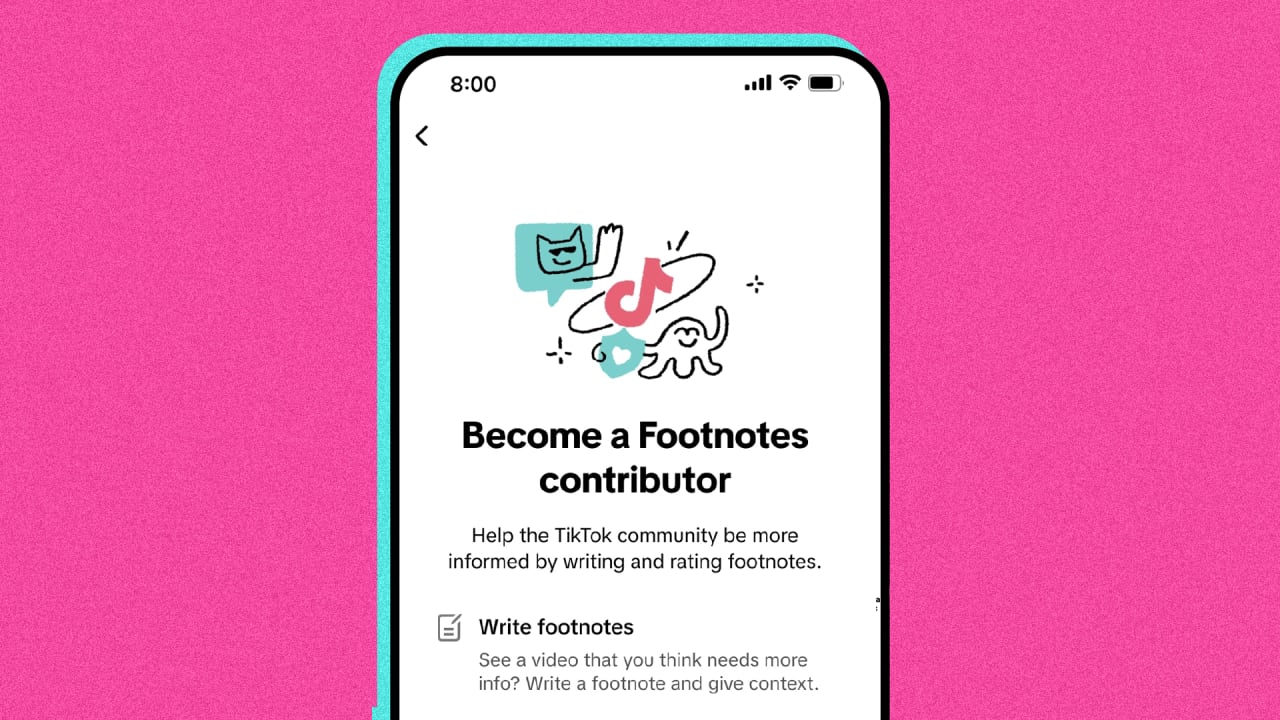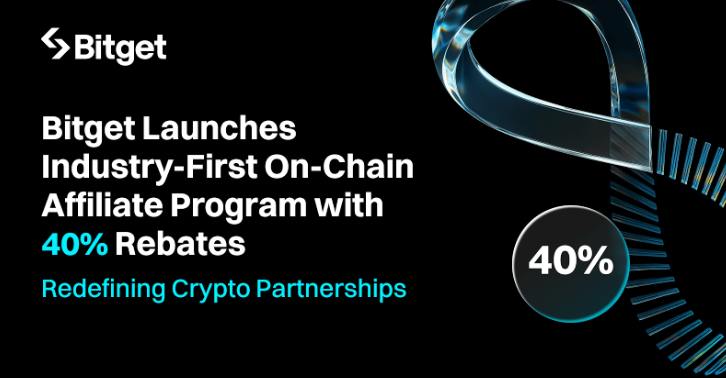Social Media Platform Development
In the age of connectivity, social media platforms have become integral to our daily lives, influencing how we communicate, share, and interact. If you’ve ever thought about creating your own social media platform, this guide will walk you through the essential aspects of social media platform development, including key features, tech stacks, and best practices. Core Features of a Social Media Platform User Registration and Profiles: Allow users to create accounts, set up profiles, and manage personal information. Friendship and Following Systems: Enable users to connect with others by sending friend requests or following profiles. News Feed: Display posts, updates, and interactions from friends and followed users in real-time. Content Sharing: Allow users to post text, images, videos, and links, and support likes, comments, and shares. Messaging and Notifications: Implement real-time chat and notifications for interactions. Search Functionality: Enable users to find friends, groups, and content easily. Privacy Settings: Allow users to control their visibility and manage who can see their content. Technology Stack Suggestions Frontend: React.js, Vue.js, or Angular for building responsive user interfaces. Backend: Node.js with Express, Django, or Ruby on Rails for handling server-side logic. Database: MongoDB or PostgreSQL for storing user data and posts. WebSocket: For real-time communication features like chat. Cloud Storage: AWS S3 or Google Cloud Storage for media file storage. Sample User Registration API (Node.js Example) const express = require('express'); const bodyParser = require('body-parser'); const app = express(); app.use(bodyParser.json()); // Mock database const users = []; // User registration endpoint app.post('/register', (req, res) => { const { username, password } = req.body; users.push({ username, password }); res.status(201).send({ message: 'User registered successfully!' }); }); app.listen(3000, () => { console.log('Server is running on port 3000'); }); Designing User Experience (UX) Simplicity: Focus on an intuitive and easy-to-navigate interface. Mobile Responsiveness: Ensure the platform works seamlessly on mobile devices. Onboarding Experience: Provide a clear and engaging onboarding process for new users. Feedback Mechanisms: Incorporate user feedback to continuously improve the platform. Security and Privacy Considerations Data Encryption: Protect user data in transit and at rest using encryption methods. User Privacy: Implement clear privacy policies and allow users to manage their settings. Authentication: Use secure authentication methods, such as OAuth or JWT, to protect user accounts. Content Moderation: Establish guidelines and automated systems for moderating user-generated content. Monetization Strategies Advertisements: Integrate targeted ads based on user interests. Premium Memberships: Offer subscription-based features, such as ad-free experiences or advanced analytics. Sponsored Content: Collaborate with brands for sponsored posts and partnerships. Conclusion Building a social media platform is an ambitious and rewarding endeavor that requires a blend of technical skills, design thinking, and an understanding of user behavior. By focusing on core features, user experience, and security, you can create a platform that not only attracts users but also fosters a vibrant online community. Start small, iterate quickly, and always keep your users' needs in mind.

In the age of connectivity, social media platforms have become integral to our daily lives, influencing how we communicate, share, and interact. If you’ve ever thought about creating your own social media platform, this guide will walk you through the essential aspects of social media platform development, including key features, tech stacks, and best practices.
Core Features of a Social Media Platform
- User Registration and Profiles: Allow users to create accounts, set up profiles, and manage personal information.
- Friendship and Following Systems: Enable users to connect with others by sending friend requests or following profiles.
- News Feed: Display posts, updates, and interactions from friends and followed users in real-time.
- Content Sharing: Allow users to post text, images, videos, and links, and support likes, comments, and shares.
- Messaging and Notifications: Implement real-time chat and notifications for interactions.
- Search Functionality: Enable users to find friends, groups, and content easily.
- Privacy Settings: Allow users to control their visibility and manage who can see their content.
Technology Stack Suggestions
- Frontend: React.js, Vue.js, or Angular for building responsive user interfaces.
- Backend: Node.js with Express, Django, or Ruby on Rails for handling server-side logic.
- Database: MongoDB or PostgreSQL for storing user data and posts.
- WebSocket: For real-time communication features like chat.
- Cloud Storage: AWS S3 or Google Cloud Storage for media file storage.
Sample User Registration API (Node.js Example)
const express = require('express');
const bodyParser = require('body-parser');
const app = express();
app.use(bodyParser.json());
// Mock database
const users = [];
// User registration endpoint
app.post('/register', (req, res) => {
const { username, password } = req.body;
users.push({ username, password });
res.status(201).send({ message: 'User registered successfully!' });
});
app.listen(3000, () => {
console.log('Server is running on port 3000');
});
Designing User Experience (UX)
- Simplicity: Focus on an intuitive and easy-to-navigate interface.
- Mobile Responsiveness: Ensure the platform works seamlessly on mobile devices.
- Onboarding Experience: Provide a clear and engaging onboarding process for new users.
- Feedback Mechanisms: Incorporate user feedback to continuously improve the platform.
Security and Privacy Considerations
- Data Encryption: Protect user data in transit and at rest using encryption methods.
- User Privacy: Implement clear privacy policies and allow users to manage their settings.
- Authentication: Use secure authentication methods, such as OAuth or JWT, to protect user accounts.
- Content Moderation: Establish guidelines and automated systems for moderating user-generated content.
Monetization Strategies
- Advertisements: Integrate targeted ads based on user interests.
- Premium Memberships: Offer subscription-based features, such as ad-free experiences or advanced analytics.
- Sponsored Content: Collaborate with brands for sponsored posts and partnerships.
Conclusion
Building a social media platform is an ambitious and rewarding endeavor that requires a blend of technical skills, design thinking, and an understanding of user behavior. By focusing on core features, user experience, and security, you can create a platform that not only attracts users but also fosters a vibrant online community. Start small, iterate quickly, and always keep your users' needs in mind.
















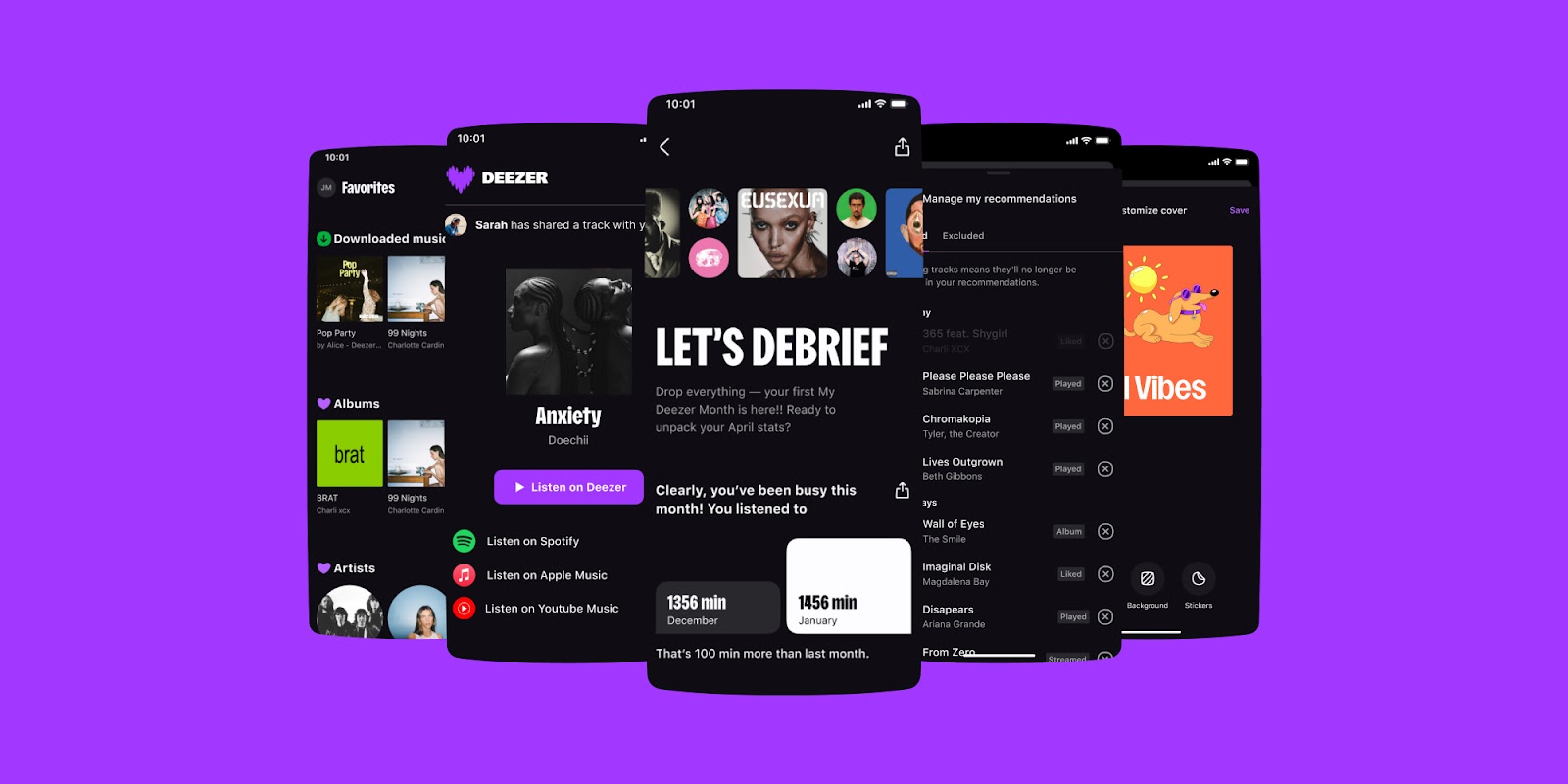
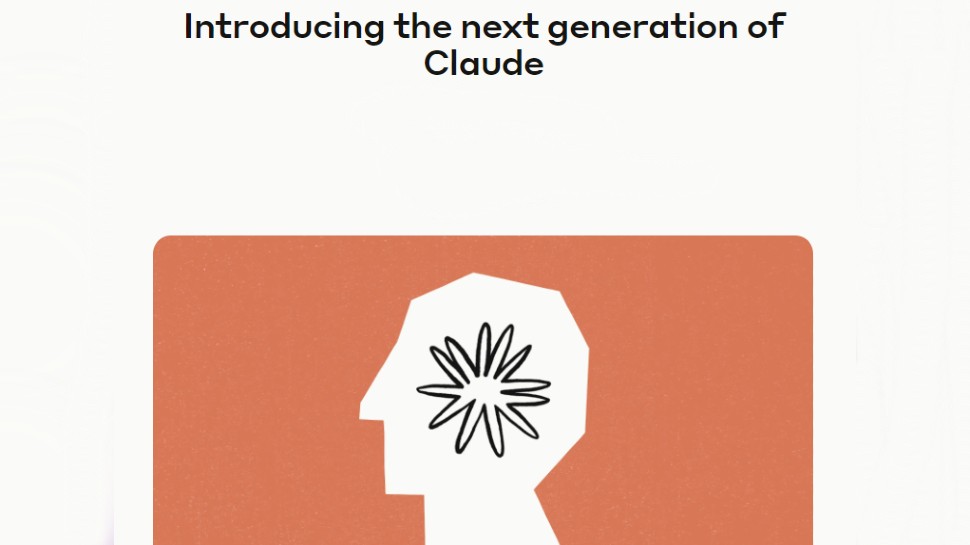

























































































































































![[The AI Show Episode 144]: ChatGPT’s New Memory, Shopify CEO’s Leaked “AI First” Memo, Google Cloud Next Releases, o3 and o4-mini Coming Soon & Llama 4’s Rocky Launch](https://www.marketingaiinstitute.com/hubfs/ep%20144%20cover.png)


































































































































































































![Blue Archive tier list [April 2025]](https://media.pocketgamer.com/artwork/na-33404-1636469504/blue-archive-screenshot-2.jpg?#)









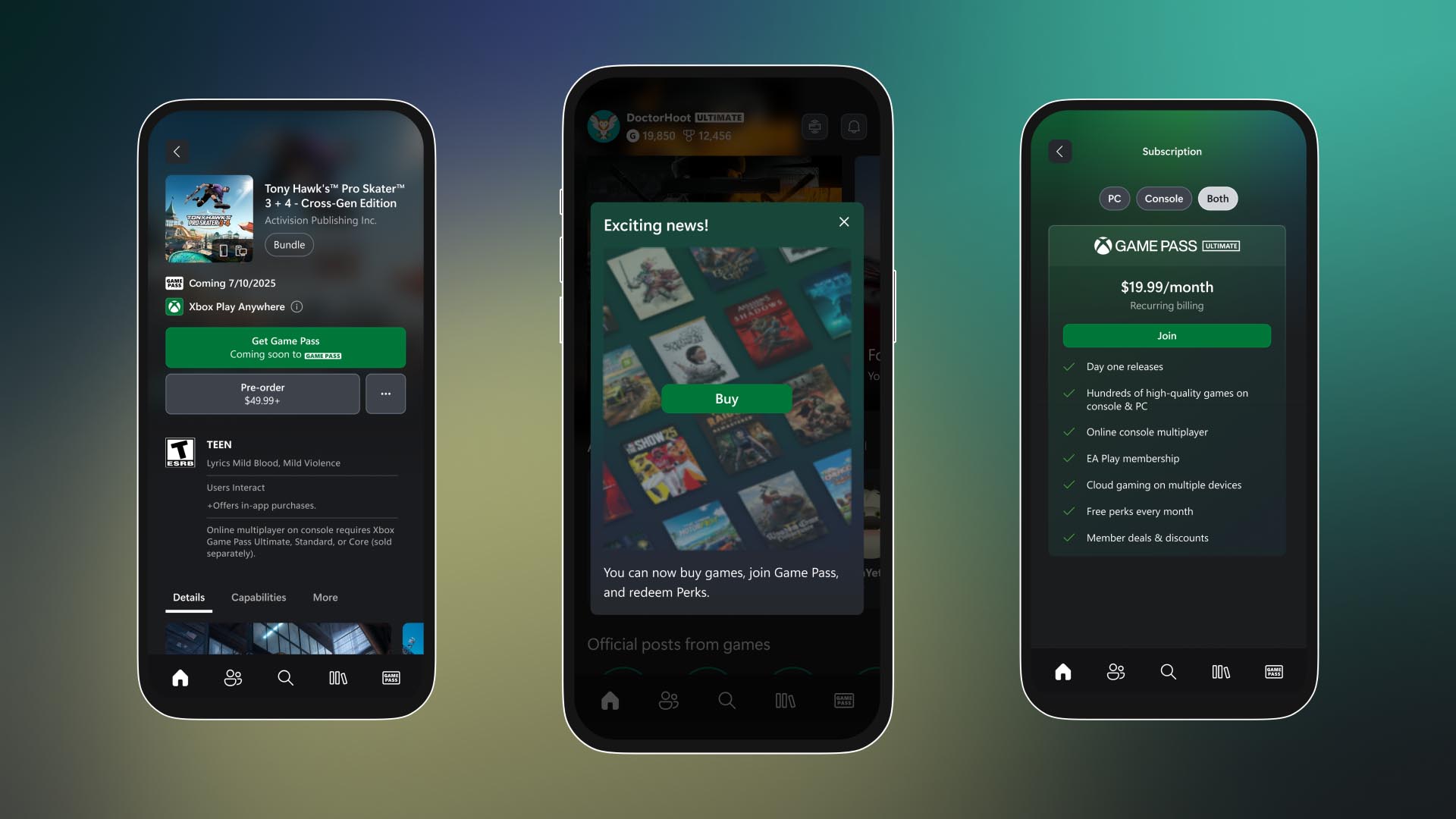





















.png?#)
.jpg?#)








.png?width=1920&height=1920&fit=bounds&quality=70&format=jpg&auto=webp#)










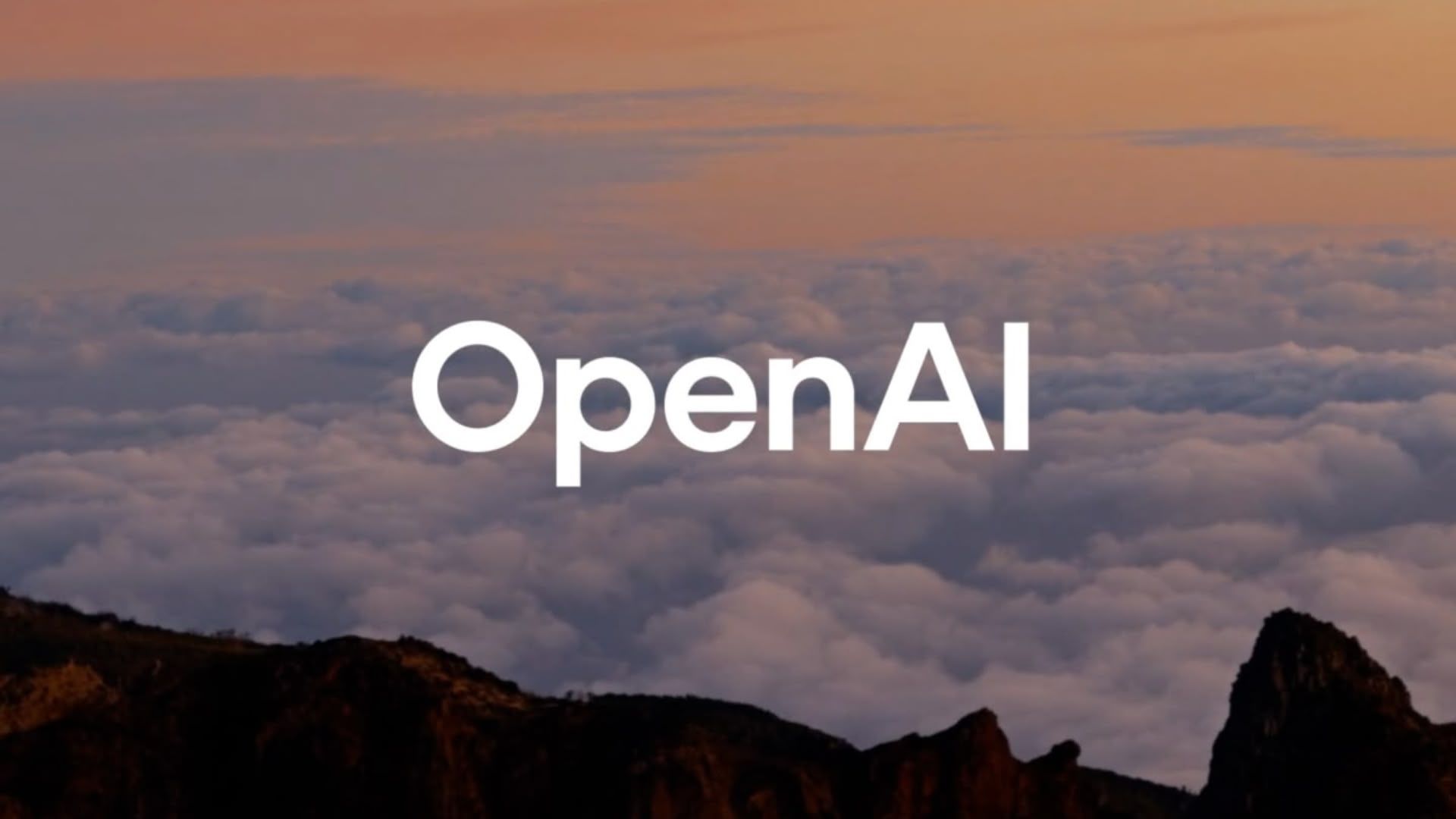



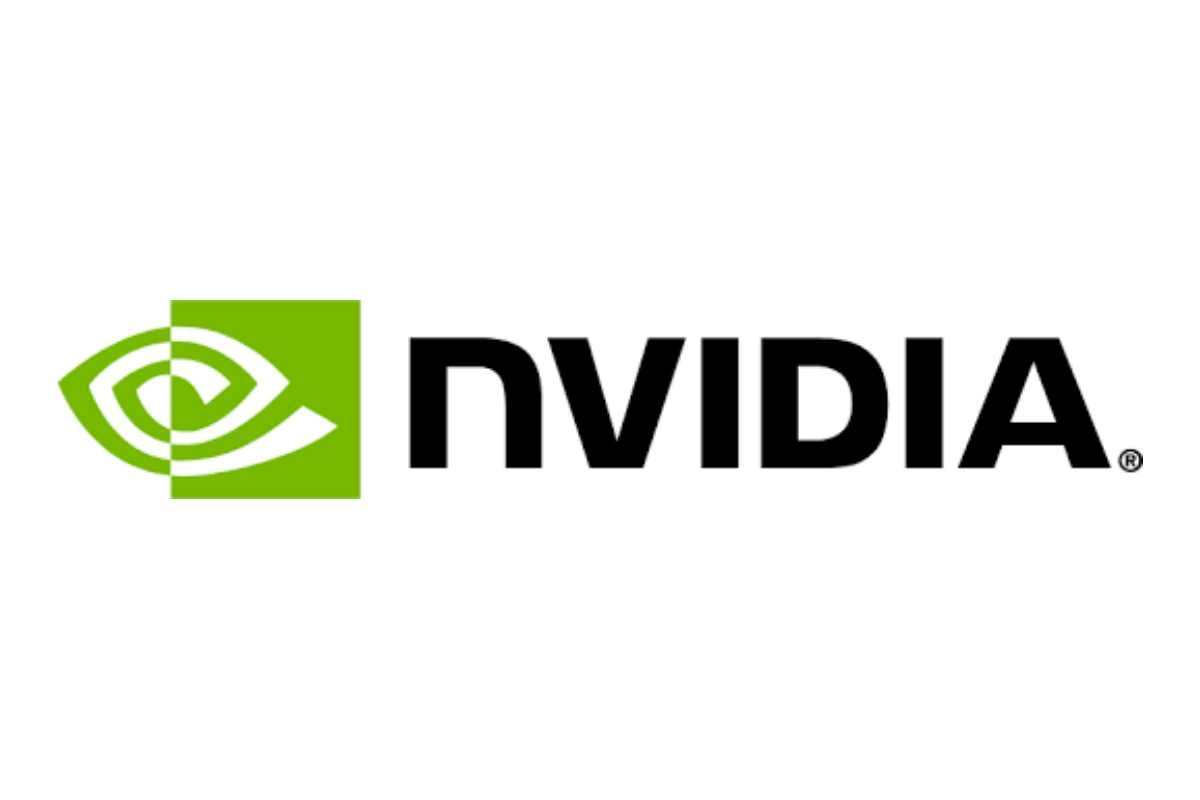











.png?#)
.webp?#)













































































![Global security vulnerability database gets 11 more months of funding [u]](https://photos5.appleinsider.com/gallery/63338-131616-62453-129471-61060-125967-51013-100774-49862-97722-Malware-Image-xl-xl-xl-(1)-xl-xl.jpg)





























![Apple Releases tvOS 18.4.1 for Apple TV [Download]](https://www.iclarified.com/images/news/97047/97047/97047-640.jpg)
![Apple Releases macOS Sequoia 15.4.1 [Download]](https://www.iclarified.com/images/news/97049/97049/97049-640.jpg)
![Apple Releases iOS 18.4.1 and iPadOS 18.4.1 [Download]](https://www.iclarified.com/images/news/97043/97043/97043-640.jpg)












































